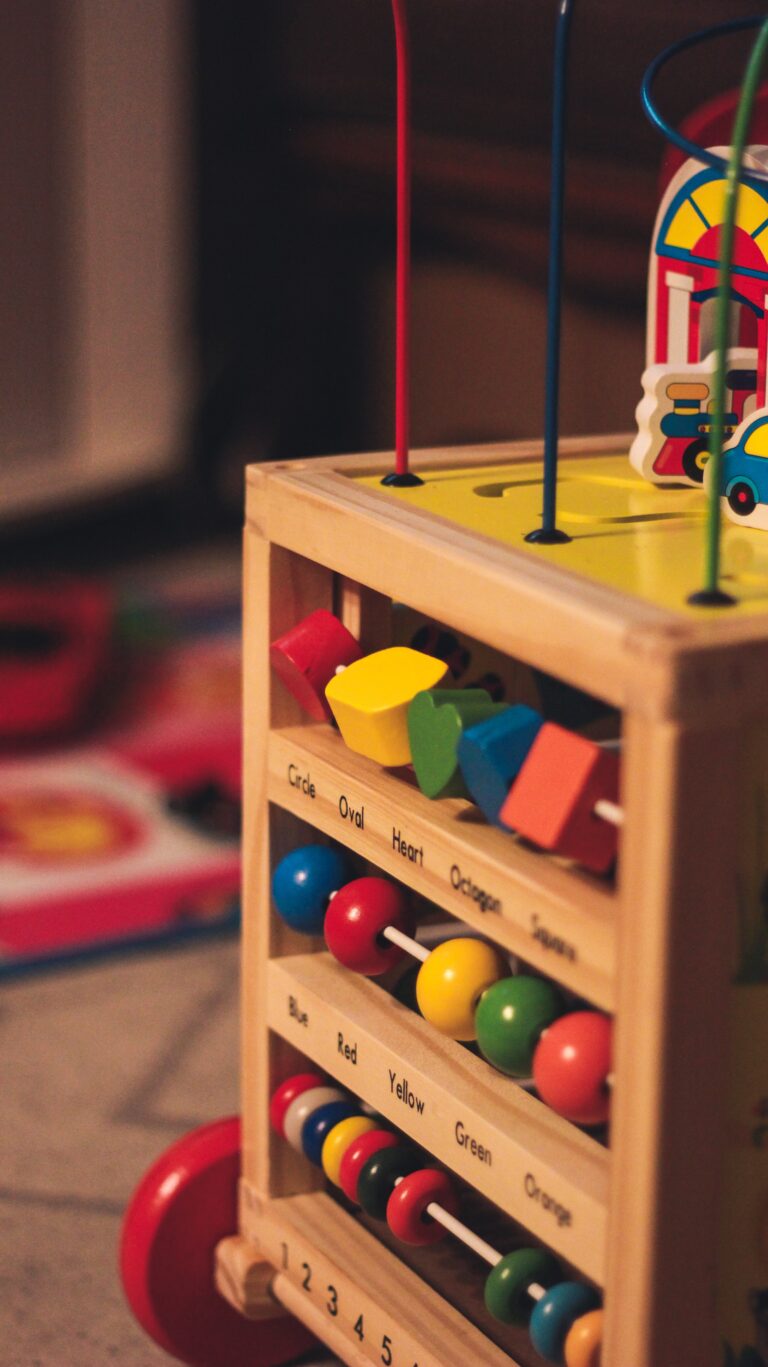Nurturing Early Number Sense in Early Childhood – Part 2, Developing Number Relationships
Number sense matters! In the journey to nurture number sense in our small friends, we move from the basics to a deeper understanding of how numbers relate to each other and the world around them. Let’s explore how we can foster this crucial aspect of mathematical development.

Number Relationships: Understanding How Numbers Connect
Numbers aren’t isolated entities; they have relationships with one another. For example, children begin to understand that 3 is one less than 4, or 6 is two more than 4. These connections form the foundation for more advanced maths concepts.
Encourage conversations that highlight these relationships. You can ask questions like, “What comes after 7?” or “If we have 5 apples and give 2 to a friend, how many do we have left?” These questions spark curiosity and help small humans see the connections between numbers.

Basic Operations: Addition and Subtraction develop Number Sense in Playful Ways
While we’re still in the early stages of number sense development, it’s a great time to introduce the basic operations of addition and subtraction. But don’t worry; we’re not diving into worksheets and drills just yet! It’s all about playful learning.
Use objects like blocks, buttons, or even pieces of fruit to demonstrate these operations. For addition, you might say, “Let’s put 2 apples in the basket. Now, let’s add 3 more. How many apples do we have in total?” For subtraction, try something like, “We have 5 cookies, and we eat 2. How many are left?”
These hands-on activities make maths come alive and help children grasp the concept of combining and taking away quantities.

Pattern Recognition for Number Sense: Finding Order in Numbers
Patterns are everywhere in maths, and recognizing them is a key part of developing number sense. Patterns can be simple, like alternating colors in a row (red, blue, red, blue), or more complex, like sequences of numbers (2, 4, 6, 8).
Encourage small humans to spot patterns in their surroundings and daily routines. It could be noticing the pattern in the numbers on an elevator or recognizing a repeating shape in a tile pattern. Understanding patterns lays the groundwork for more advanced mathematical thinking.
By helping children see the connections between numbers, introducing basic operations in playful ways, and fostering a love for patterns, we’re nurturing a deeper and more intuitive understanding of maths. Remember, the goal is to make maths a part of their everyday world, full of wonder and discovery.

Number Sense Matters!
In the next section, we’ll delve into problem-solving and explore how maths seamlessly integrates into our daily lives. So, stay tuned as we continue our mathematical adventure in early childhood education!
If you missed Part 1, you can find it HERE, along with a number sense freebie. If you would like to look at some of my Number Sense activities, you can click the images below.



Continue to Part 3 HERE







